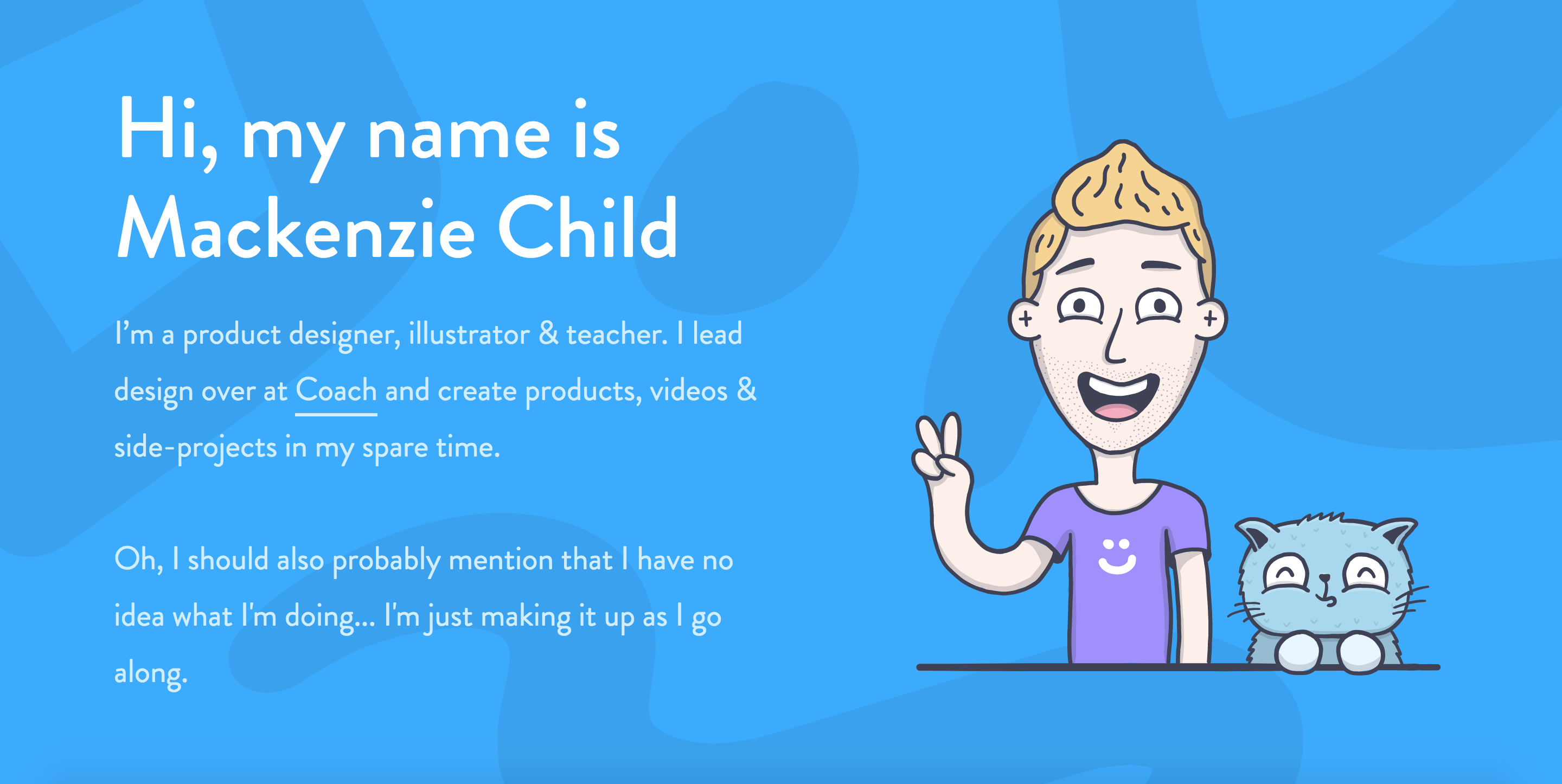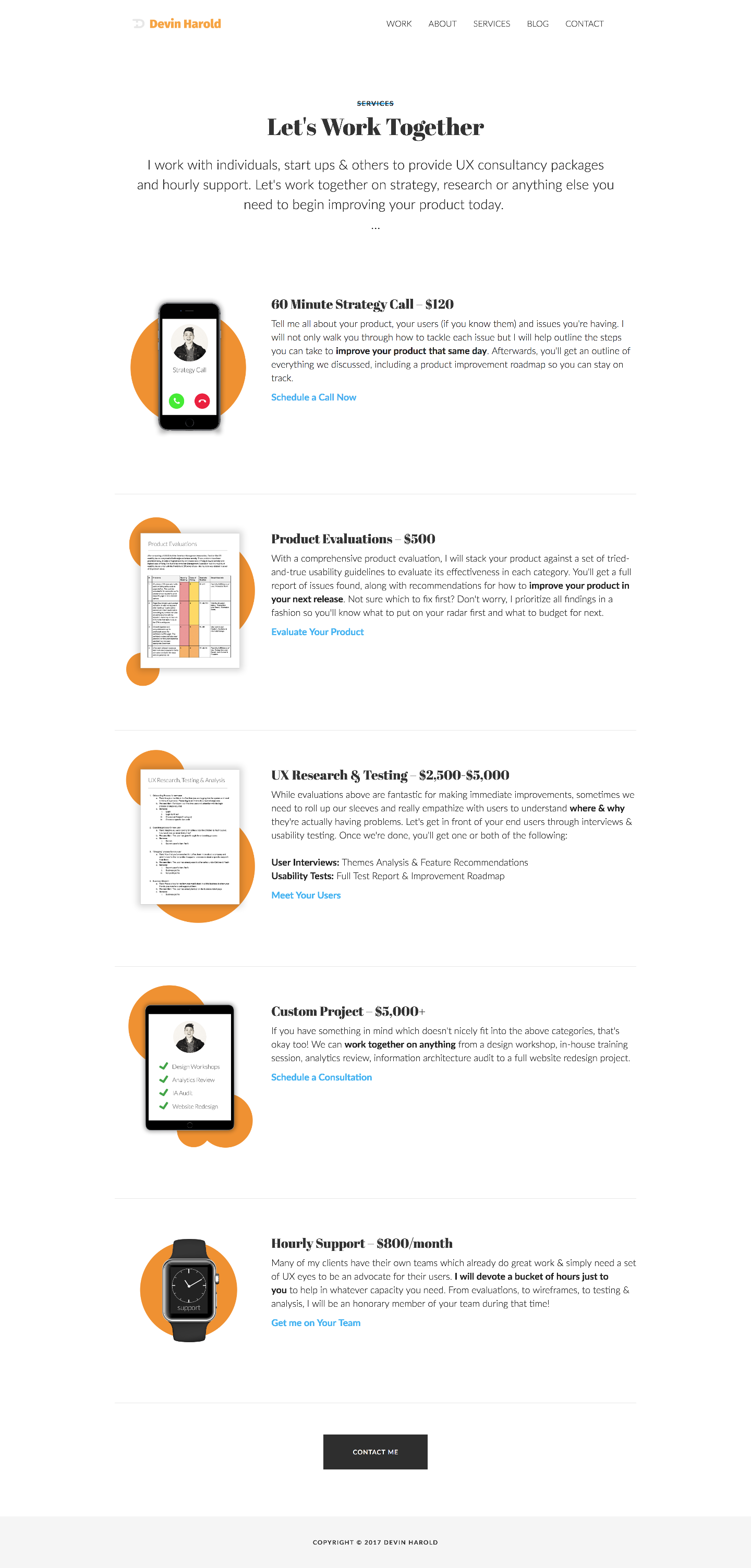With thousands of freelancers competing for the same clients, it’s more important than ever to stand out. That’s why it’s vital to “select your niche” — i.e., pick something you excel at and can easily define, then specialize in that area.
Sounds simple enough, but many creators agonize over limiting their offerings to focus on a select type of work.
Before you get frustrated by the thought of turning down clients that don’t fit your niche, understand the unique benefits to this strategy. Niches can be as broad or narrow as you see fit, but the more specific you get with your skillset, the more likely you are to attract the right clients.
Better clients, more money, and a happier work experience can all be the rewards of sticking to a niche. And you can pick yours in 6 simple steps.
6 steps to selecting your niche
While you may want to jump in and get right to work on your new freelance business, taking time to consider your niche is important.
Investing this time now will help you avoid having to rebrand your site and marketing materials later. Your niche will also make it easier for former clients and current colleagues to refer you when it’s a good fit. Get your messaging right from the start and you’ll move your word-of-mouth marketing in the right direction.
Walk through the following steps to ensure you’re showcasing your best work and attracting the most relevant clients:
1. Define your unique selling proposition (USP)

Your USP matters to your brand. It’s what makes you stand out from everyone else in your niche. It’s what gives clients a reason to pick you over the competition. Define this early on and craft your niche messaging around it.
Questions you can ask to define your USP
- Who are my customers? Who will buy, use, and love your services? Cut to the heart of your business and define your USP based on your clients. If you’ve worked with a niche client or a specialized industry — and still want to work in said — include that.
- How will my customers find me? Figure out how they’ll find out about you. If it’s online, make sure your USP targets digitally savvy clients. If they’re hearing about you from word-of-mouth, make your USP more focused on relationship-building.
- What are my weaknesses? No one likes to think about this, but you’re not perfect — no one is! Where are the holes in your services? How will you fill them?
- Where do I excel? This will make up the bulk of your USP. Use the next steps to define this area.
2. Emphasize your unique or “crossover” skills

Your USP might be connected to a specialized ability or previous work experience. Knowing American Sign Language or having access to a hard-to-reach demographic of users are both examples of a distinct advantage you have over your competition.
Remember to include any crossover skills — i.e., abilities or experience in a field other than design. A designer with a sales background will have an advantage when bidding for a marketing tool project. If your crossover skill is especially rare, it’s even more important you include that skill.
3. Highlight foundational work values
There’s nothing wrong with a good old-fashioned work ethic. In fact, it may be more valuable to a hiring company than someone trained on that hot new software. Companies can always train people in new skillsets — but they can’t teach honesty, integrity, punctuality, or excellent communication skills. If you’ve ever been told that you excel in these areas or that a client chose you because of these qualities, humbly market them as an asset.



















Grow your freelance business
Take on more clients and build websites faster. Webflow empowers freelancers to design and deliver with confidence, while keeping full creative control.
4. Draw on your unique story
Maybe you lived in Japan for 10 years, have ties to the military, deal with a unique health condition, or are passionate about a cause. Whatever sets you apart, you have experiences others may not. So don’t forget to mine your personal background for that something special you’ll bring to a project. You don’t need to share the intimate details of your life, but your experience can shape your personal worldview and inspire your niche.
Origin stories — how you came to know and love your profession — are especially compelling in defining your niche.
5. Highlight the work you love — and omit what you hate
If you’re gifted with a particular software, but grumble every time you have to use it, don’t list it. Excelling at something isn’t reason enough to include it in the DNA of your niche. Maybe substitute a similar skill that you actually enjoy. After all, you’ll be doing this work day in and day out. Clients will probably notice that you don’t like it. Include examples of work that you’re passionate about in your portfolio. Feature a passion project in your marketing materials. Your investment will shine through.
6. Make it profitable
Don’t forget to earn a living. Seasoned professionals master the art of doing work they love with a price point that pays the bills. If you’ve got more than one passion, there’s nothing wrong with focusing on the one in high demand that will make you the most money. (In fact, this is probably what you should try to do.)
For more on how to calculate your freelance rate, check out the Freelance Rates Explorer from Bonsai.
Structuring your offer

Proposals should position your services for profit and be good value for the client. You want a prospective client to look at your offer and think, “I can’t believe we get to work with an expert in this niche!” Pricing should come second to their interest in your skillset and offerings.
Successful techniques include:
- Selling by the project or on a monthly retainer. Avoid hourly work if you can. It limits you to getting paid for the time you spend working and doesn’t necessarily reward you for expertise, experience, or quality. Project-based pay acknowledges that finished work is “valued at X” — no matter how quickly you deliver it. Don’t punish yourself for your efficiency.
- Incorporating add-ons for special services, overtime, or hours beyond a retainer or project. Don’t do unpaid work and always document the extras to help validate additional charges. Be certain that billing or add-ons are written into your contract. E.g., if you need to buy a custom font, icon pack, or photos for your website project, pass the bill to your client.
- Enforcing a limited window to accept the proposed pricing. Remind the client that this is a limited-time offer and that a timely agreement will benefit them. Consider including an incentive for up-front payments as a way to keep your cash flow positive.
- Offering a sample contract with any proposal. It’s easy to put one together with a tool like Bonsai. Be sure to include all proposal elements in the contract, as well. This is one of the best ways to manage client expectations from day one. It showcases your professionalism without much additional work.
You’re likely a talented freelancer with no shortage of marketable skills. The challenge now is to get noticed by those clients most likely to appreciate – and pay – for your skills. And keep in mind that skill alone isn’t enough for success — pay attention to market differentiation and building a good reputation.
Be thoughtful about your niche and don’t leave contract terms to chance. You won’t regret being purposeful about your business and carving out time for the work you love.
What’s your niche and how did you find it?
Have you already found your niche? We’d love to hear about that journey in the comments.































